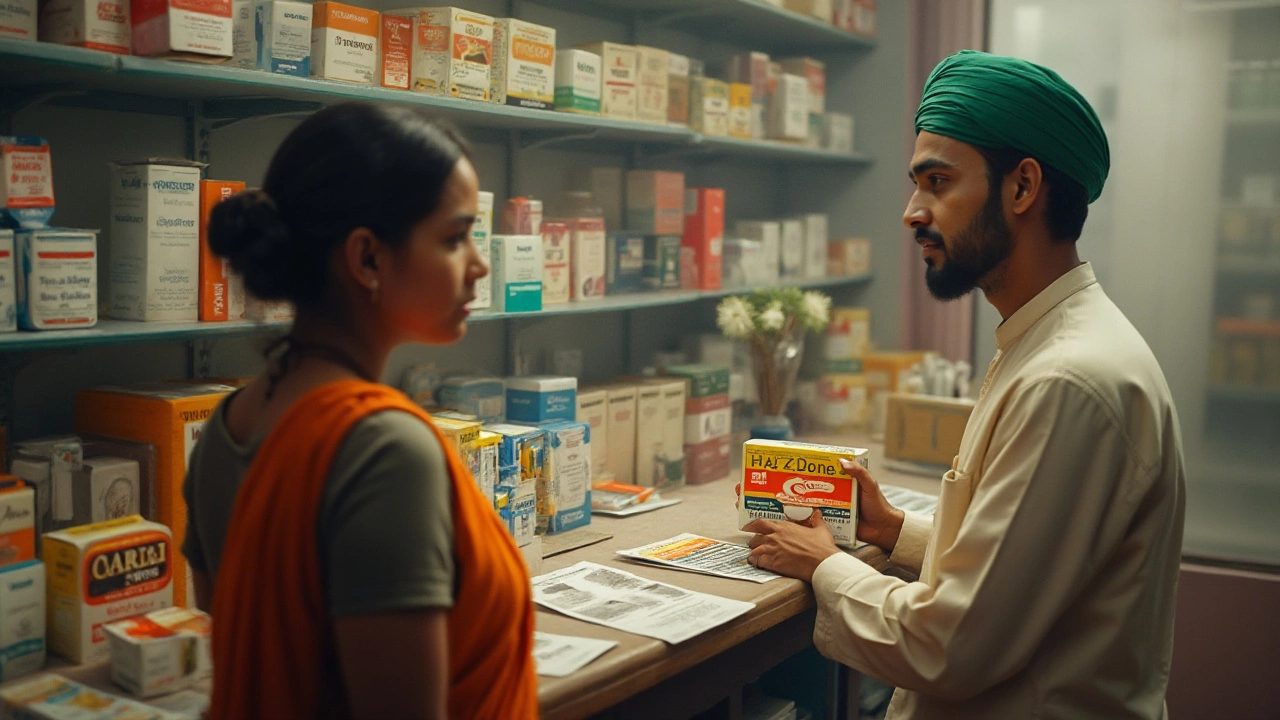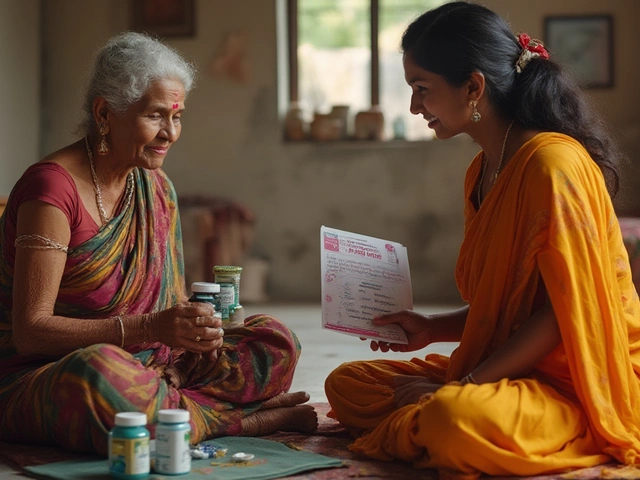Medication: What You Need to Know About Safety and Side Effects
Every time you pick up a prescription or an over‑the‑counter pill, you’re making a health decision. In India, the market is huge and not always clear about hidden dangers. Knowing the basics can stop problems before they start.
First, always check the active ingredient. Two brands may claim the same effect but contain different fillers or preservatives that can trigger reactions. A quick glance at the label saves you from surprise symptoms later.
Common Medication Risks in India
Many Indian medicines include additives that aren’t listed on the front pack. These can cause allergic reactions, stomach upset, or even affect kidney function. For example, some painkillers mix NSAIDs with steroids, raising bleed risk if you already have a heart condition.
Another frequent issue is dose confusion. Tablets often come in 250 mg, 500 mg, or 1 g strengths, and a mix‑up can double the dose. Keep a notebook or phone note of the exact strength you’re supposed to take.
Counterfeit drugs also circulate in some regions. If a pill looks off‑color, crumbles, or tastes strange, stop using it and report it to local authorities. Authentic pharmacies usually have a seal or QR code to verify the product.
How to Choose Safer Medicines
Talk to your doctor or pharmacist about each medication’s possible side effects. Ask which foods or other drugs might interact. Simple questions like “Will this affect my blood pressure?” can prevent serious issues.
Read the patient information leaflet in your language. It often lists the most common side effects and warnings. If the leaflet isn’t in English or Hindi, request a copy you can understand.
When possible, prefer medicines that have been approved by the Central Drugs Standard Control Organization (CDSCO). Those approvals mean the drug passed safety checks specific to the Indian market.
Finally, store medicines properly. Heat, humidity, and light can degrade a drug’s effectiveness. Keep them in a cool, dry place and discard anything past its expiry date.
Staying aware of what you put into your body isn’t hard. A few minutes of checking labels, asking questions, and following storage tips can keep you safe and healthy. Use this guide as a quick reference each time you reach for a medication.

Start Metformin at the Right A1C: What You Should Know
Knowing when to start metformin is key for effectively managing type 2 diabetes. This article explores the specific A1C levels that typically indicate the need for this medication. By understanding these indicators and considering your lifestyle, you can make informed decisions about your treatment plan. Insightful tips and reliable information help you navigate your path with ease. It's about taking control of your health with confidence.

Is Trazodone Considered a Narcotic? Facts and Insights
This article delves into whether trazodone is classified as a narcotic. It explains the scientific background of trazodone, its therapeutic uses, and legal classification. The piece aims to clarify common misconceptions associated with the drug and provide useful information for those considering its use. It also explores the potential risks and benefits to help readers make informed decisions.

Discovering the Top Diabetes Medication in 2025
Diabetes is a common condition that requires effective management through medication among other strategies. This article explores the most popular medication used for diabetes as of 2025. It delves into how these medications work, their benefits, and any potential side effects. Additionally, it provides insightful tips for choosing the right diabetes medication.

Navigating Online Prescription Services: What You Need to Know
In the digital age, accessing medication can be more convenient than ever, thanks to online pharmacies and telemedicine services. This article explores whether it's possible to obtain a prescription without visiting a doctor in person. It delves into the workings of online medical consultations, their benefits, potential risks, and legal aspects. Readers will gain insight into how these services operate and tips for choosing a reliable online pharmacy.




